The beautiful Baroque city of Vukovar, situated at the banks of the Vuka and Danube Rivers in the region of Srijem/Syrmia, saw the worst years of its turbulent history in the last decade of the 20th century. It is slowly but unwaveringly returning to former glory and can once again look towards a brighter future, in spite of numerous obstacles. Here’s why.
1 The Name Vukovar
The name Vukovar means ‘town on the Vuka River’ (Vuko from the Vuka River, and vár from the Hungarian word for ‘fortress’). The name of the Vuka River itself originates from the Slavic word ‘vuk’, meaning ‘wolf’. In other languages, the city in German is known as Wukowar, in Hungarian as Vukovár or Valkóvár, and in Serbian as Вуковар. In the late 17th century, the medieval Croatian name Vukovo was supplanted by the Hungarian Vukovár.
2 The Vučedol Culture and Its Museum
The archaeological location Vučedol is located along the Danube bank, 5 kilometres downriver from Vukovar and dates back to the Chalcolithic period. We won’t tire you with more details on the importance of the Vučedol culture and just say that the oldest calendar in Europe was found near Vinkovci and is exhibited at the Museum of the Vučedol Culture is one of the newest architectural highlights of the country, even though a good part of it is dug into a little hill on the Danube banks. It was opened in 2015. Besides the Orion calendar, you can also see the oldest prehistoric carts on four wheels here. Beat that BMW Museum!
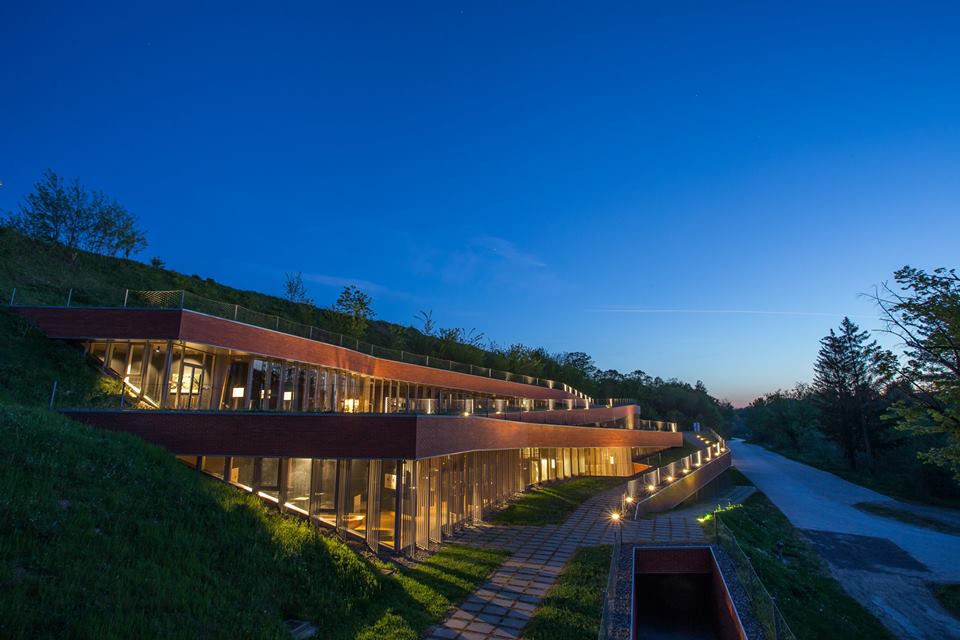
3 Vukovar through the Centuries
Vukovar’s geographical position at the Danube River determined the development and importance of the city throughout its history. As it was at Roman’s limes (border), it had to be fortified. Since the Romans had plans to stay there, agriculture in the area was improved and viticulture developed at drained marshes. The wine attracted Avar and Slavic tribes. The area was part of the Kingdom of Croatia in the 11th and 12th century.Vukovar was first mentioned at the beginning of the 13th century. Later came the Kingdom of Hungary, Turkish domination, then the Habsburg Monarchy. After the Ottoman dominion, in 1736, a large part of the Vukovar area was bought by the German Counts of Eltz, who will have a significant influence on the economic and cultural life of Vukovar in the following two centuries and even to our times.
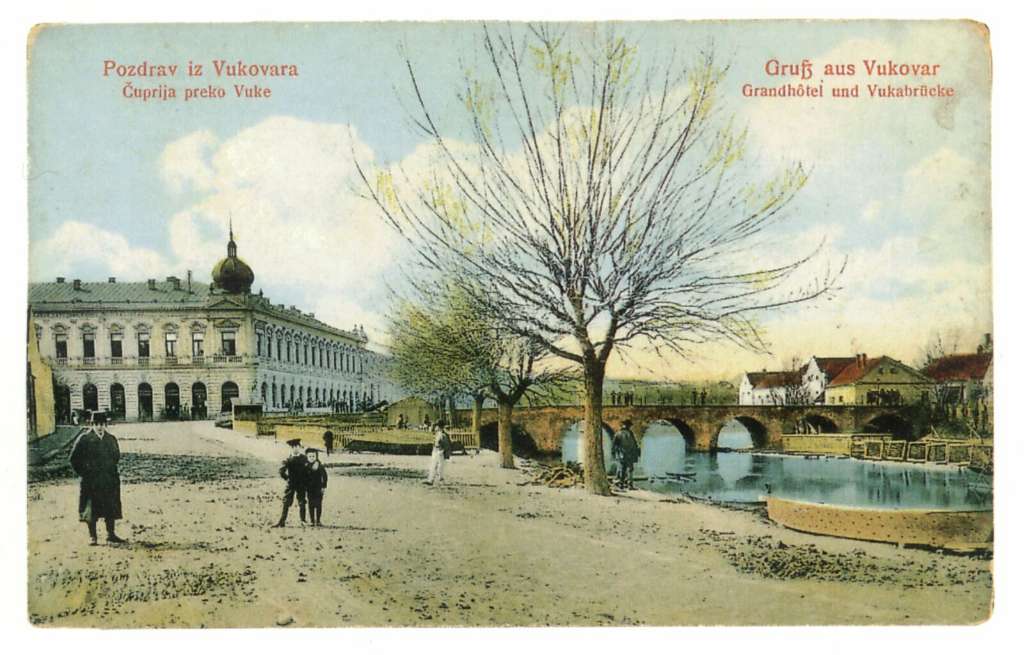
4 The Eltz Family in Vukovar
One of the oldest and most influential German noble families, Eltz, owned large parts of Vukovar and other estates in the region of Slavonia and Srijem up until the end of World War II. The best known of the former Eltz properties is the Eltz Castle, which has been reconstructed after the Homeland War and is now used as the City Museum of Vukovar. Jakob Graf und Edler Herr von und zu Eltz-Kempenich became a key figure in Croatian politics during the 1990s. His son, Count Georg von Eltz is still working on restitution for the seized properties. He is still active in Croatian business and owns a substantial share of the country’s biggest tourism company, Valamar with hotels in Istria and Dubrovnik. Until the end of World War II, around one third of the population of Vukovar was German, now it’s under 0.3%.
5 Vukovar City Museum – Castle Eltz
The Vukovar City Museum is located at one of the most beautiful buildings of the city, the Eltz Castle. The Museum is one of the cultural hotspots of modern Vukovar and hosts the Heritage Museum, The Bauer collection of modern Croatian paintings and the Memorial Museum of the Nobel Prize Winner Lavoslav Ružička.
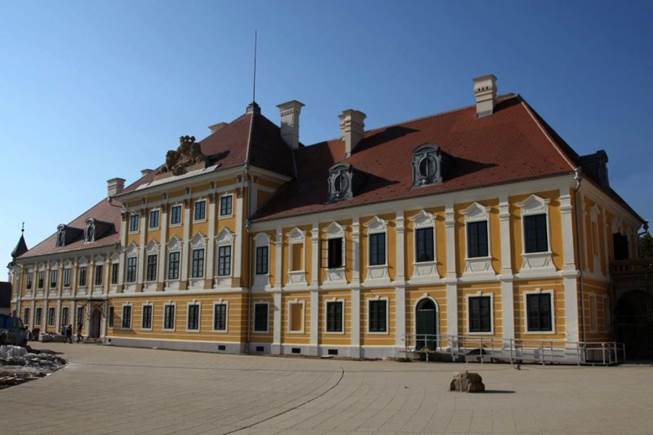
6 Nobel Prize Winner Lavoslav (Leopold) Ružička
Lavoslav Ružička(1887 – 1976) is the only one of the three Croatian Nobel Prize winners born in Croatia, in Vukovar. He won the Nobel Prize for Chemistry in 1939 and the Vukovar Polytechnics is named after him.He has also had impact on the perfume industry. Shortly after being awarded the Prize, he held a lecture at the Croatian Chemical Association entitled “From the Dalmatian Insect Powder to Sex Hormones”.
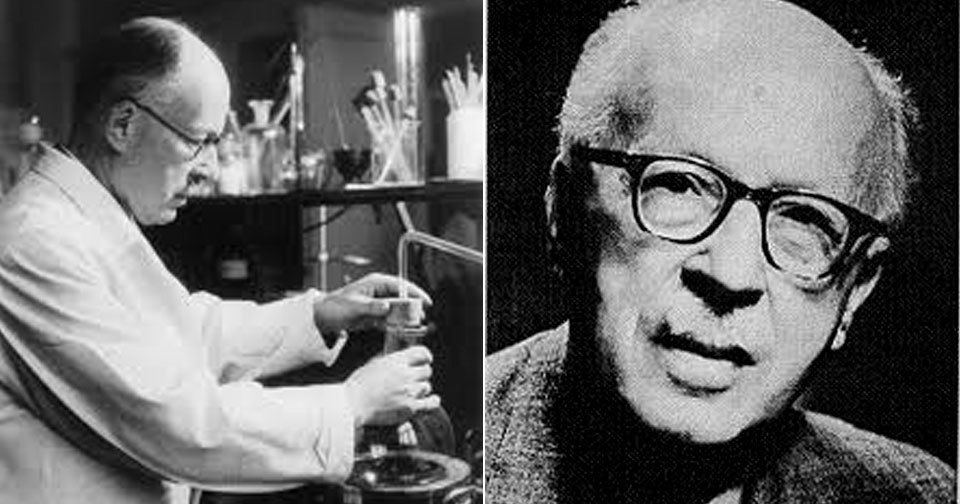
7 Bećarac – UNESCO Intangible Cultural Heritage
Sex is the central topic of Eastern Croatia’s (Slavonija, Baranja, Srijem) UNESCO protected Bećarac, a vocal-instrumental song. One lead singer starts and the rest of the singers follow him or her in two-part, or occasionally three-part, singing. The significance of the Bećarac lies in its decasyllabic verses: there are many of them and they are suitable for word-play, which makes the repertoire practically inexhaustible. The first verse is provocative, taunting, amorous, mocking or boastful, while the second is a humorous antithesis to the first. The Bećarac can be compared to limericks for the topics and the humor. It’s part of every celebration and almost equally sexist to both sexes. It is loved by the people of the region and throughout the country and is the basis for the wits of Slavonian people. Very unfortunately, the translations into English are terrible. “Hey you gorgeous tall girl, the moon will see the soles of your feet soon”, would be our rough try at one of the more popular verses, and here’s the next one “I have a best man and he has a wife, under her skirt her mighty cheeks were white”, and so on and so on.
8 Bećar
A Slavonia/Baranja/Srijem Bećar is something like a reveler, also a Bećarac singer, but also bachelor. Someone a mother is going to tell a daughter to avoid, while a man to whom it applies sees it as a title.
9 Wines of the Vukovar Region
In order to properly appreciate the cultural value of the Bećarac, it is necessary to have a sip or two of some of the wines of the region. Beautiful vineyards are situated in the most eastern part of the Vukovar-Srijem County and Croatia, on southern and south-west slopes of Fruška gora, with the center in Ilok. Thanks to many sunny hours, the hills on elevation from 200 to 250 m and on drained soil on loess that does not hold moisture, the wine gives grapes of high quality, as basic condition for production of top quality vines, that go from Ilok into Croatia, Europe and to the rest of the world. Graševina and Traminac are the major grapes cultivated, but you’ll also find Chardonnay, Rhein Riesling, Pinot Bianco and others. Every year there are more wine cellars and tasting rooms and families in the wine business, following the examples of Istria and Dalmatia.
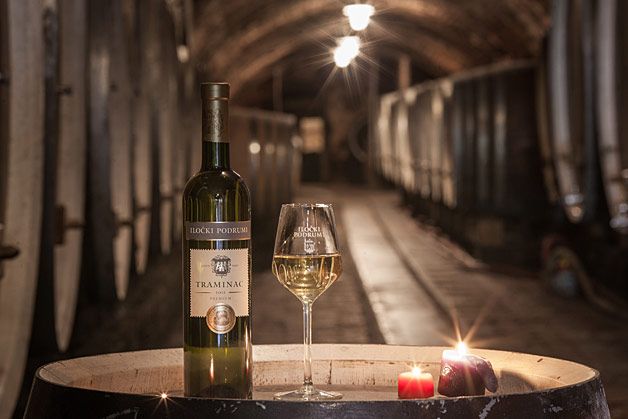
10 Eastern Croatian Cuisine
The Eastern Croatian regions of Slavonia, Baranja and Srijem share about the same cuisine, as they share history and climate, as Slavonia is the largest of the regions, many of them have “slavonski” as prefix. The best known regional specialties are kulen, fish stew, scratchings (cracklings), and many kinds of pork dishes a good slivovitz helps to digest.
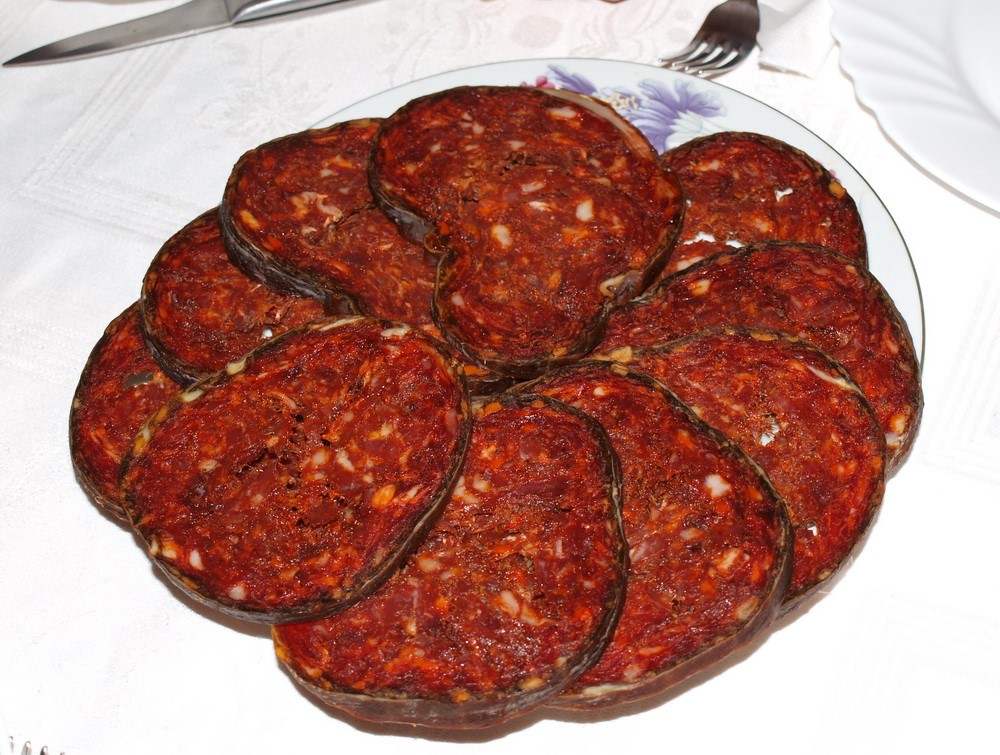
11 The Vukovar Beach
Whoever says that there are no sand beaches in Croatia, hasn’t been to the Ada beach of Vukovar. The Vukovar Ada, a sandy island on the Danube, is the favourite summer location for the citizens of Vukovar and it’s only a 5 minute boat ride away from the centre of Vukovar. The surface area of the island is about 1,000 hectares, depending on the water level in the river. The fishermen from Vukovar have created a wonderful sandy beach. A gazebo in the shade of the forest offers refreshing beverages and the court nearby is an opportunity to play beach volleyball. Transportation to the Ada is available during the summer months.
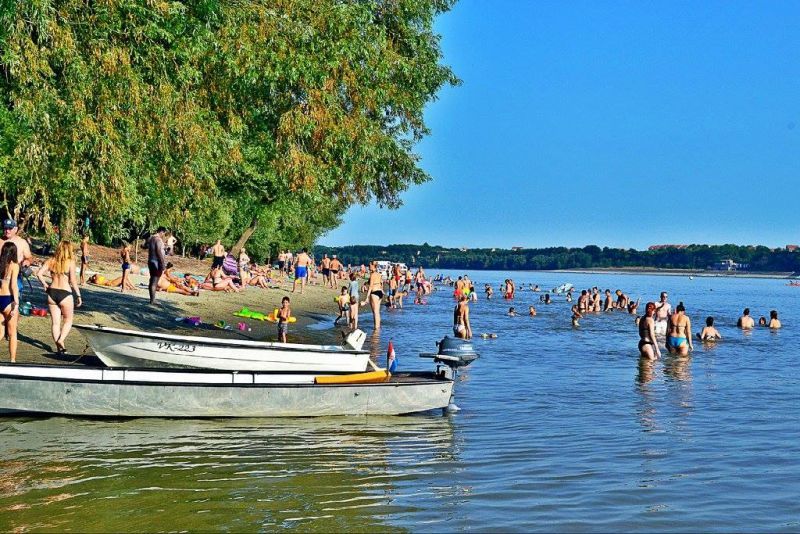
12 Forest Park Adica
The Forest Park Adica is located only 2 km from the city centre and is the place for a walks, to exercise or just to relax. It offers a host of walking and trim trails with equipment for outdoor exercise. Biologically, Adica is characterised by a mixed forest surrounded by the marshy area around the river Vuka. The name comes from the Turkish word “ada” – river island, because the area is completely surrounded by the old and new course of the river Vuka.
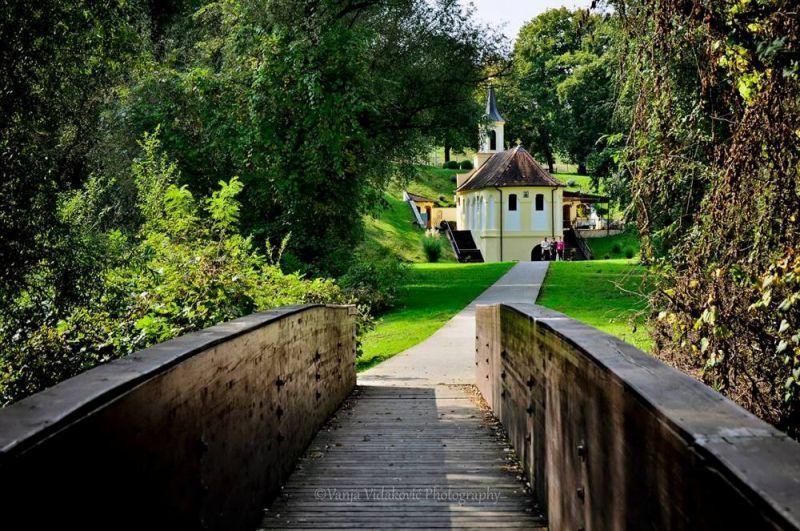
13 River Cruisers in Vukovar
It’s an interesting fact that the number of river-cruisers which are going to arrive in Vukovar in 2016 is approximately the same as in Split at the Adriatic coast. The river cruisers are of course smaller, but over 220 are expected this year. The cruises on the Danube begin in German Passau, in Vienna, Bratislava or Budapest. After reaching Vukovar, most of the tourists are only transferred to the more touristic Baranja region and then back on board of the cruiser. We hope this is going to change soon.
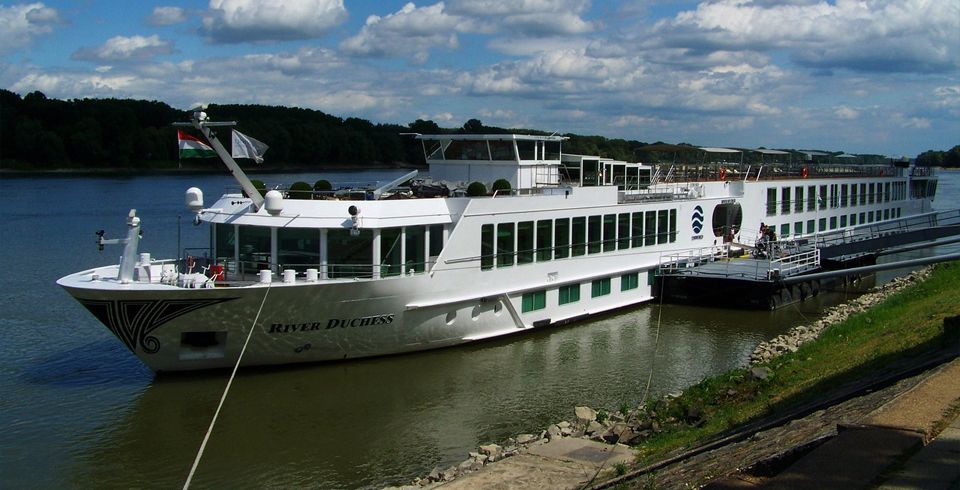
14 Vukovar Memorials
Vukovar Memorial or the Vukovar Nocturne encompasses all the Homeland War memorial locations in Vukovar:Place of Remembrance – Vukovar Hospital 1991, Ovčara Memorial Centre, Ovčara Mass Grave Site, Memorial Cemetery for the Casualties of the Homeland War, Homeland War Memorial Centre, Memorial Hall for Croatian Defenders Trpinjska Cesta, Cross at the Place where the Vuka Enters into the Danube.
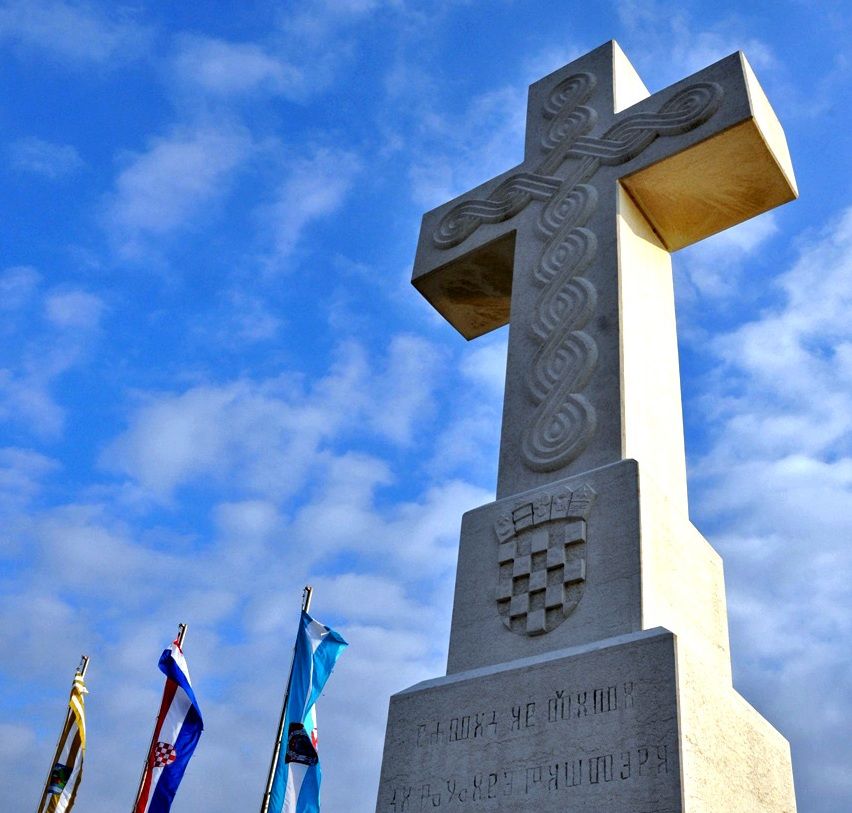
15 Vukovar and the Refugee Crisis
Many of them having been refugees themselves in the 90s, the people of Vukovar, Tovarnik and the whole Vukovar region have shown great empathy for the refugees which have been arriving by thousands a day during 2015. Many of them volunteered, cooked and helped with donations in food and clothing.
16 You Have Met People from Vukovar
If you have been to Croatia, you have most likely met people from Vukovar and the regions of Slavonia, Baranja and Srijem even if you haven’t been there. The city is still recovering and many people from here are working in other parts of Croatia (Zagreb, the cities along the coast) and Europe, especially the young and educated ones. Vukovar was once one of the most developed cities in former Yugoslavia with a strong presence in agriculture, food processing and various industries.
17 The Vukovar Water Tower
The Vukovar Water Tower has become a landmark of the city and, unfortunately, it has been decided to preserve it, more or less as it looks now. The Tower is 50 metres tall and with a volume of 2,200 cubic meters of water, was built in the late sixties in the then existing city park and picnic site, the so called Najpar-bašča, at the entrance to the Vukovar quarter called Mitnica. Its volume and size made it one of the largest structures of that type in Europe at the time. Until the war, the top of the Water Tower housed a restaurant with a view of Vukovar, the Danube, and the surrounding vineyards of Syrmia. During the Homeland War, the Water Tower was one of the most common targets for enemy artillery which caused over 600 points of damage.
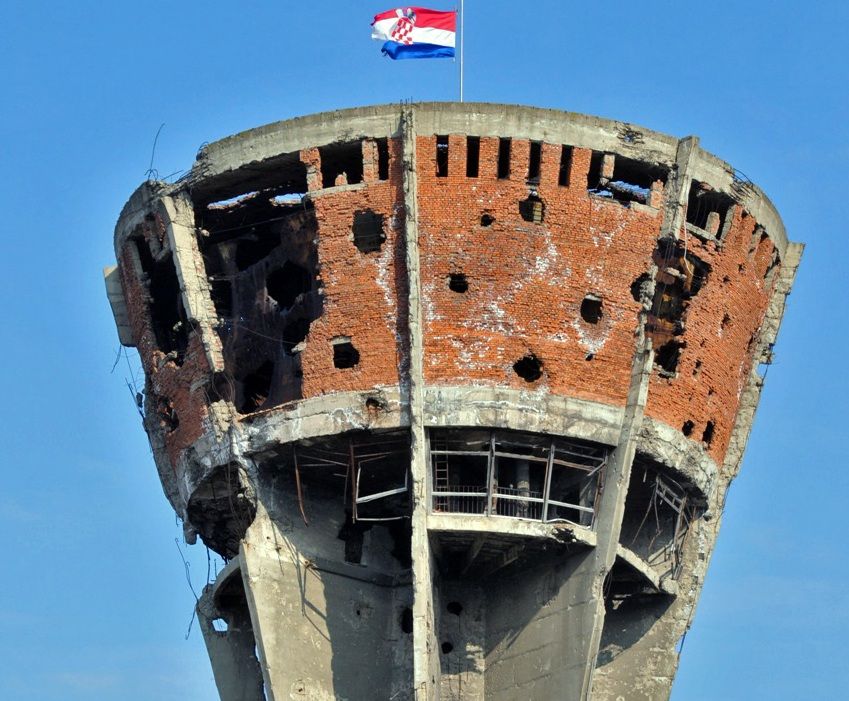
18 Vukovar’s Baroque City Centre
The historical baroque centre of Vukovar is what provides the recognisable visual identity of the city. The centre of Old Vukovar is recognisable by houses with baroque arches built in the typical style of Maria Theresa period provincial baroque. Those used to be craftsmen shops and stores which were a clear representation of the economic power of the citizens of Vukovar. At the same time as the recognisable baroque construction of Old Vukovar in the 18th century, with noticeable distinctions in style, the area of New Vukovar was also developing. Most of the buildings in that part of the city on the left bank of the Vuka bear the marks of clean and restrained late-baroque classicism. This complete baroque whole has remained a dominant stylistic layer in historic Vukovar to this day, with numerous architectural monuments of exceptionally high visual artistic and ambient value. The core of the city centre is protected as an urban historical entity. Some of the most beautiful buildings besides the ones already mentioned are: the Grand Hotel, the Central Pharmacy Kirchbaum-Švarc, the Magistrate Building, the Church of Saint Filip and Jakov and the Franciscan Monastery and the Palace of the Syrmia County.
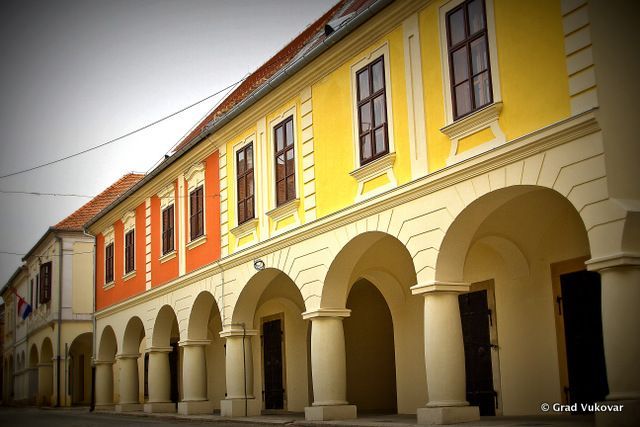
19 Vukovar Film Festival
One of the most successful summer events in Vukovar is the annual Vukovar Film Festival – Danube Region Film Festival. Film from Austria, Bulgaria, Croatia, Germany, Hungary, Moldova, Romania, Slovakia, Serbia, the Ukraine and the countries connected to the region Bosnia and Herzegovina, Czech Republic, Montenegro and Slovenia will be shown from August 22 – 27 at the tenth instalment of the festivals. Some of them at open-air projections near the Danube.
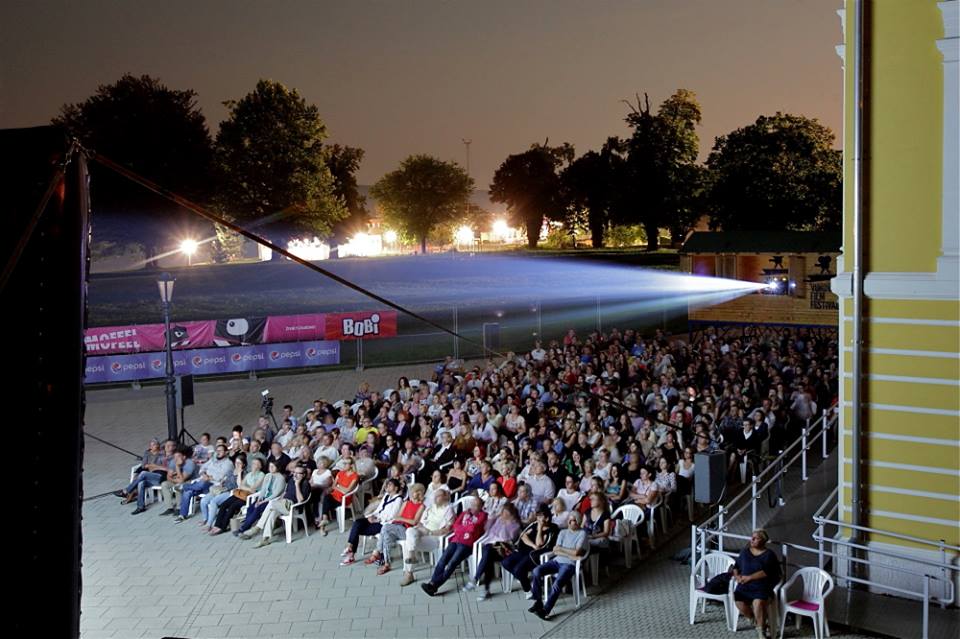
20 Vukovar Puppets Spring Festival
The Vukovar Puppets Spring Festival was founded in 1996 and is a unique event of Croatian puppetry which is held every year at the same time, a week before the Holy Week. It is held in cities and villages of the County. There are around 15 puppets theatres performing every year and during the days of the festival they give around 100 performances in towns and municipalities. Aside from the shows, the programme includes other events dedicated to the puppet theatre: puppetry workshops, exhibitions and promotions. The centre of the festival is the town of Vukovar where 16 performances are played and where various workshops and the awards ceremony are held.

21 Startas: Croatian Version of Chuk’s Make into Vogue Magazine
The Borovo shoe factory near Vukovar has been founded by Bata in the 30s of the past century. In the 70s, Borovo employed up to 20,000 people in its factories. The single most popular product of the company were Startas sports shoes, which were worn by young people throughout the countries of the former Yugoslavia and were the socialist answer to Convers’ Chuck Taylors. The brand has been successfully revived within the past few years with the help of some Croatian top designers and a Startas model has even made it into the Vogue magazine.

22 Vukovar’s Surroundings
Vukovar with its 28,000 inhabitants is the second-largest city of the Vukovarsko-Srijemska County. Vinkovci counts 36,000 inhabitants, Županja 16,500, Ilok 8,500 and Otok 7,800. The County is located in the northeast of the country between the Rivers of Danube and Sava. The region is mostly known for its agricultural products.
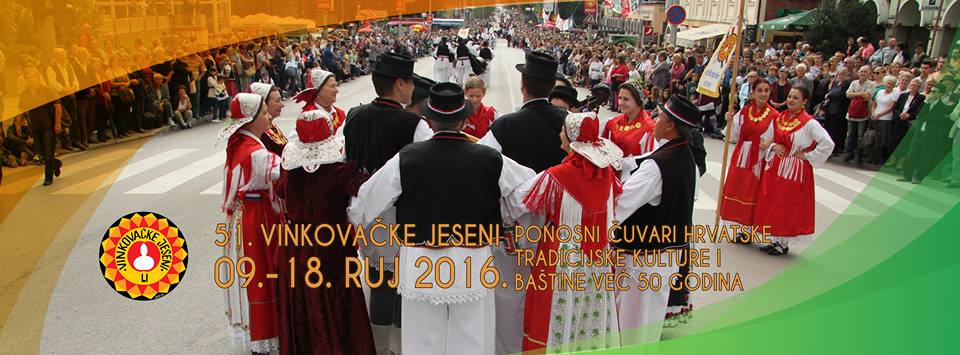
23 Cycling Routes along The Danube River
Experience this part of Croatia with an element of adventure, enjoy the beauty of Slavonia, Baranja, and Syrmia by riding a bicycle along the Danube itself, see the scenery, and meet the people and their customs. Take your bike and see the plains and streets of Slavonia, nature parks, through the city, through the vineyards. The Cycling Route Danube is a part of the international Danube Cycle Route Eurovelo 6, and its length through Croatia is 138 km, it stands out because of several inclines, which are very challenging due to elevation difference. The route connects the cities Vukovar and Ilok. It is very dynamic, passes through the slopes of Fruška Gora, vineyards, and distinctive villages full of interesting landmarks and churches which are worthy of a stop. The Cycling Route Syrmia connects the southern area of the Vukovar-Syrmia County with the north-eastern part, and it continues from the existing international Danube Cycle Route. If you are travelling along the Danube Route you can tour the entire county using the Syrmia route and also use it to return to the international Danube Route.

24 Notable People from Vukovar
Yes we’ve checked Wikipedia for notable people from Vukovar besides the German counts and Nobel Prize winner Ružička. Here are the ones we should have been able to name without it: Siniša Glavašević – Croatian Homeland War reporting hero, Blago Zadro – Croatian Army General and Homeland War hero, Siniša Mihajlović – retired Serbian footballer and coach.

25 Vukovar Waterbus
Since last year, you can have a look at Vukovar from the Danube River from aboard the Bajadera touristic waterbus during a guided tour which takes you to the most interesting parts of the Danube River at Vukovar.
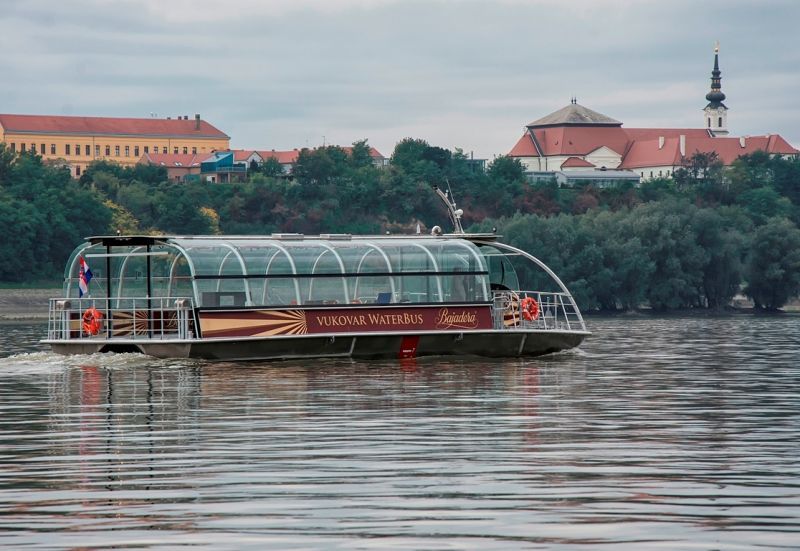
Want to learn more about Croatian destinations? Check out the TCN 25 things to know series.







